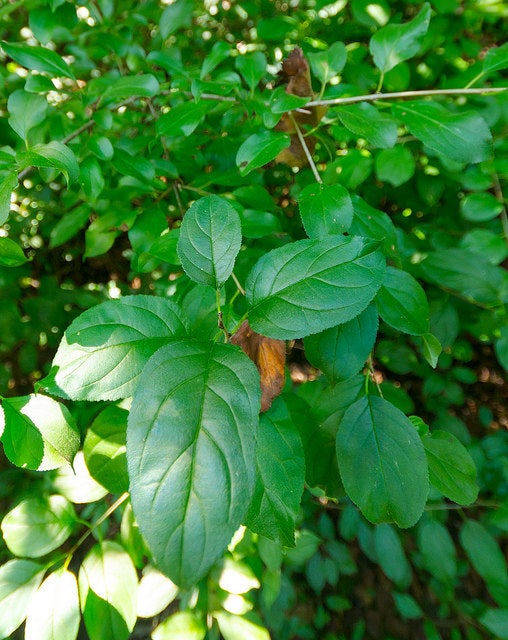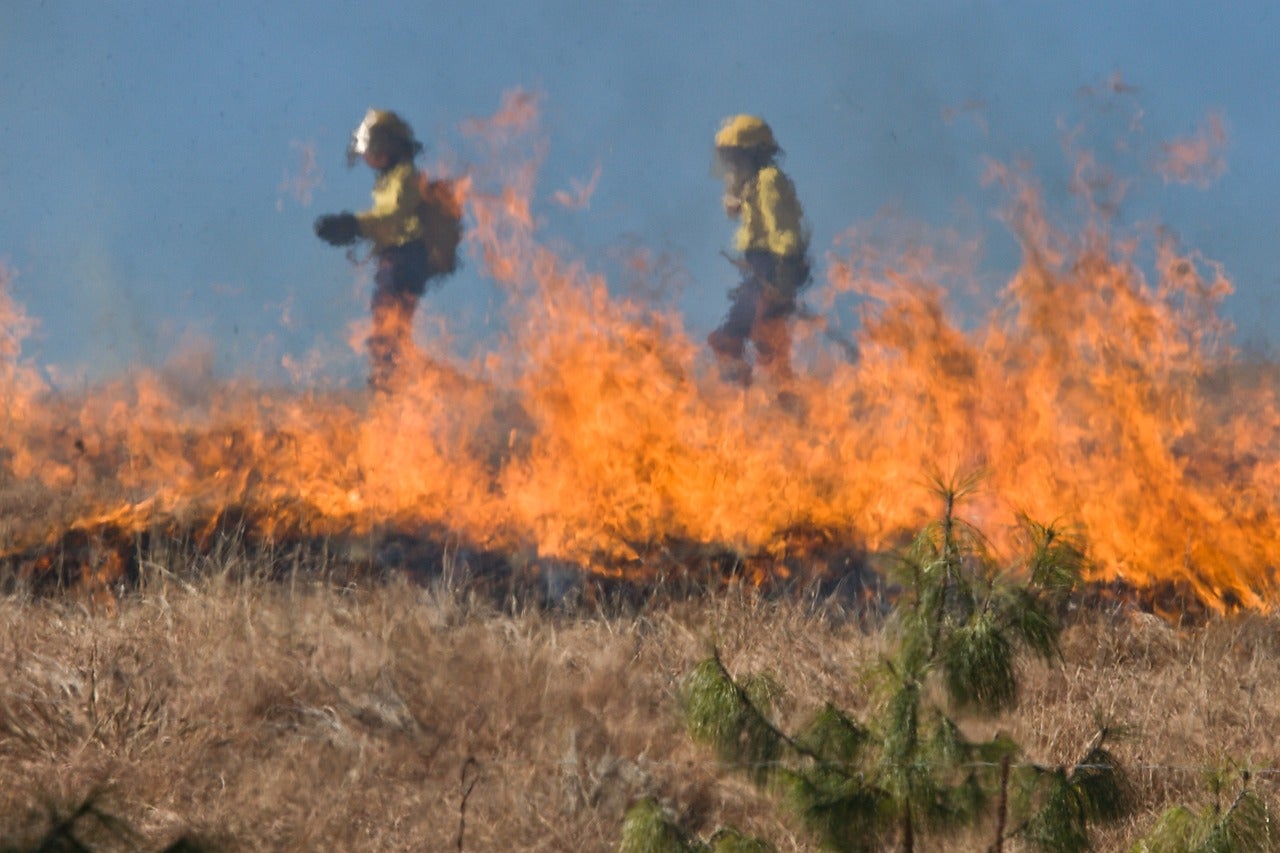June is Invasive Species Action Month. We talk to our guests about ways you can help to control invasives through reporting.
Featured in this Show
-
Expert Offers Advice On Dealing With Invasive Plant Species
Invasive Species Awareness Month is taking a new approach this June, dropping the awareness and replacing it with action.
“People are pretty aware about invasive species … and we really want to move people from awareness to action and getting them to report the new species coming in, or to take action on their own property and start controlling things,” said Kelly Kearns, invasive plant coordinator for the Wisconsin Department of Natural Resources’ Bureau of Natural Heritage Conservation Center.
Tackling invasive species can feel like a never-ending battle — you’ve likely seen the seemingly endless tall, yellow, umbrella-shaped wild parsnip taking over the roadsides across the state — but Kearns has some helpful tips for fighting some of Wisconsin’s most common invasive species.
Wild Chervil
A relatively new invasive species to the state, wild chervil is currently in bloom.
“We have a couple of real hot spots for wild chervil in the state where it’s spreading mostly on roadsides and into adjacent fields and even woodland edges,” she said.
Counties in parts of southern and northwestern Wisconsin see the most of this white, umbrella-shaped flower with fern-like leaves, Kearns said. To control it, dig up the rosettes to make sure you remove the entire root — repeated mowing throughout its growing season will also help prevent seeding and deplete the root.

Wild Chervil. Charles Wohlers (CC BY-NC-ND 2.0)Poison Hemlock
Similar in appearance to wild chervil, poison hemlock is a stouter, more robust plant with firm umbel flowers on top, she said.
“It is mostly in Iowa County, but popping up in a few other places as well,” Kearns said. “And it is really poisonous to eat, so if it gets into pastures or into hayfields, that can be really bad for farmers.”
To control this plant, pull it or mow close to the ground for several seasons. Also be sure to wear gloves when handling this plant.

Poison Hemlock. John Brandauer (CC BY-NC-ND 2.0)Buckthorn
Buckthorn is a woody shrub with dark green leaves and small, round fruit that ripens from green to black. Birds spread its fruit rapidly, causing it to take over native species.
“Things with seeds will keep germinating over the next many years and you will keep getting resprouts from some of those plants that have been cut down,” she said.
Small plants can be hand pulled, larger plants can be pulled using a leverage tool and a controlled fire can be used to handle seedlings.
“Most people when they cut a buckthorn do a basal bark application, where you actually apply a concentrated herbicide around the base before you cut it and let it die first, or you cut it and then do a cut stump application,” Kearns said.

Buckthorn. Stoutcob (CC BY 2.0)Garlic Mustard
Garlic mustard leaves are somewhat rounded with scalloped edges along a flowering stalk with four petaled white flowers, and it smells like garlic when crushed. It has already bloomed this year and is currently going into seed, she said.
You can hand pull it in early spring before the seed has set, but many people are dealing with large patches of it and can easily get burned out, Kearns said.
“You can try to use an herbicide and ideally do that really early in the season before any of the wildflowers come up, but when the garlic mustard is green and growing, and then again in the fall after everything else has died back,” she said.
As long as you don’t let it go to seed, you’re cutting the time it can stay alive short, she said. Controlled burns in the fall or early spring can also be helpful in mitigating its spread.

Garlic Mustard. Hornbeam Arts (CC BY-NC 2.0)
Episode Credits
- Larry Meiller Host
- Jill Nadeau Producer
- Kelly Kearns Guest
- Anne Pearce Guest
- Niels Jorgensen Guest
Wisconsin Public Radio, © Copyright 2024, Board of Regents of the University of Wisconsin System and Wisconsin Educational Communications Board.


